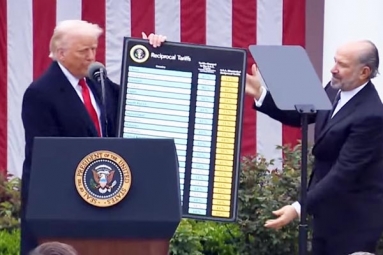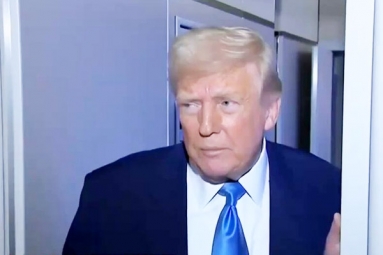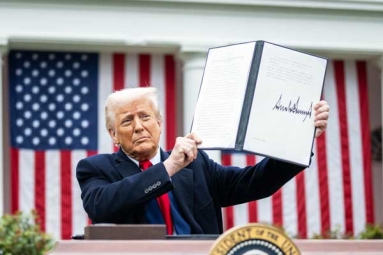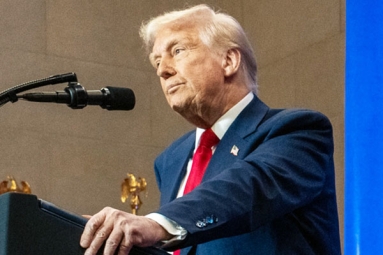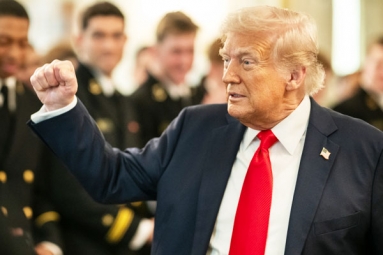
(Image source from: x.com/WhiteHouse)
As the deadline of April 2, set by US President Donald Trump for implementing reciprocal tariffs, draws near, many stakeholders remain uncertain about how these measures will be enforced. This comes as discussions about a new trade agreement with India are taking place in Washington. The effects of the proposed reciprocal tariffs, intended to address the significant trade deficit that the US faces, will hinge on whether they are applied at the level of individual products, across entire sectors, or at the national level. It is noteworthy that throughout the period between 2021-22 and 2023-24, the United States emerged as India's primary trading partner. The US represents approximately 18 percent of India's overall goods exports, 6.22 percent of its imports, and 10.73 percent of its bilateral trade. Indian exports to the United States encompass 30 different sectors, which include six in agriculture and 24 in various industries. If tariffs are levied at the sector level, the following products will experience the stated impacts:
For alcohol, wines, and spirits, there will be a substantial tariff increase of 122.10 percent, despite exports amounting to only $19.20 million.
Dairy products, with trade valued at $181.49 million, will be significantly affected by a 38.23 percent tariff hike, leading to increased prices for ghee, butter, and milk powder, which may subsequently diminish their market share.
The fish, meat, and processed seafood sector will see exports worth $2.58 billion encounter a 27.83 percent tariff differential, compromising the competitiveness of shrimp, a key export item.
For live animals and animal products, a 27.75 percent tariff differential will affect $10.31 million in exports.
Processed foods, sugar, and cocoa will face challenges as exports totaling $1.03 billion grapple with a 24.99 percent tariff increase, pushing up prices for Indian snacks and confectionery in the US market.
The footwear sector will experience a notable tariff differential of 15.56 percent.
In the realm of diamonds, gold, and silver, a 13.32 percent tariff rise will apply to $11.88 billion in exports, resulting in higher prices for jewelry and affecting its competitiveness.
The industrial goods sector, particularly pharmaceuticals, will confront a 10.90 percent tariff differential that will raise costs for both generic and specialty medications.
Edible oils will see a 10.67 percent tariff applied, which will inflate the prices of coconut and mustard oil.
Finally, no new tariffs are expected to affect the ores, minerals, petroleum, and garments sectors.







